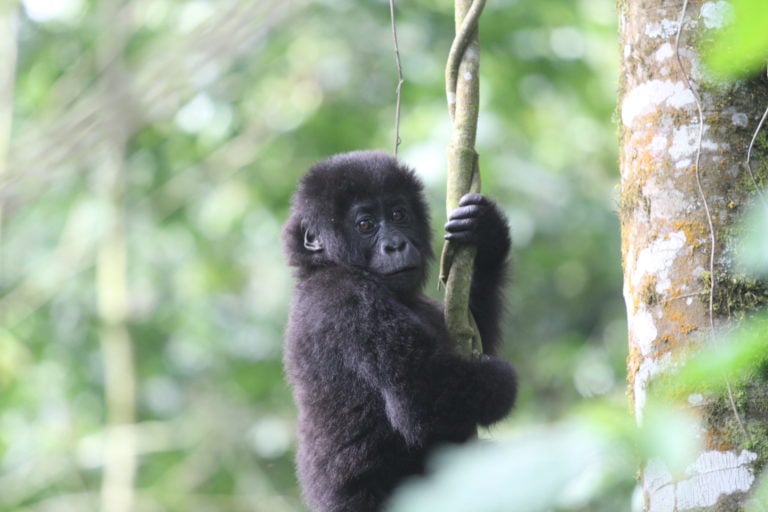Education and Public Awareness

International E-Waste Day (Erion, n.d.).
International E-Waste Day falls on 14 October every year. Organised by the WEEE Forum, the event’s objective is to raise awareness among citizens from participating nations regarding the importance of proper e-waste recycling.
In 2021, during its fourth edition, 172 organisations from 78 countries including Singapore participated in the event (WEEE Forum, n.d.). The WEEE Forum put together a video compilation featuring all the different awareness activities, which can be viewed below.
The diversity in the activities is clear, with radio and TV interviews, conferences, webinars, school and street e-waste collections, lectures, social media campaigns and many more events held to raise awareness on e-waste. Spreading information through such outlets helps to get more people involved in actively recycling e-waste.
Since people are also the consumers of electronic products, raising awareness through public education is key in the shift towards more sustainable e-waste practices. This goes hand in hand with more producer-based strategies, like the EPR ones mentioned in a previous post. By tackling both the consumer and the producer sides of the e-waste challenge, this ensures that e-waste management can be more all-rounded and thus effective.
References
Erion. (n.d.). International E-Waste Day is celebrated on 14th October 2020. Retrieved 3 April 2022, from https://erion.it/en/news/14-october-2020-international-e-waste-day/.
WEEE Forum. (n.d.). About. Retrieved 3 April 2022, from https://weee-forum.org/iewd-about/.


